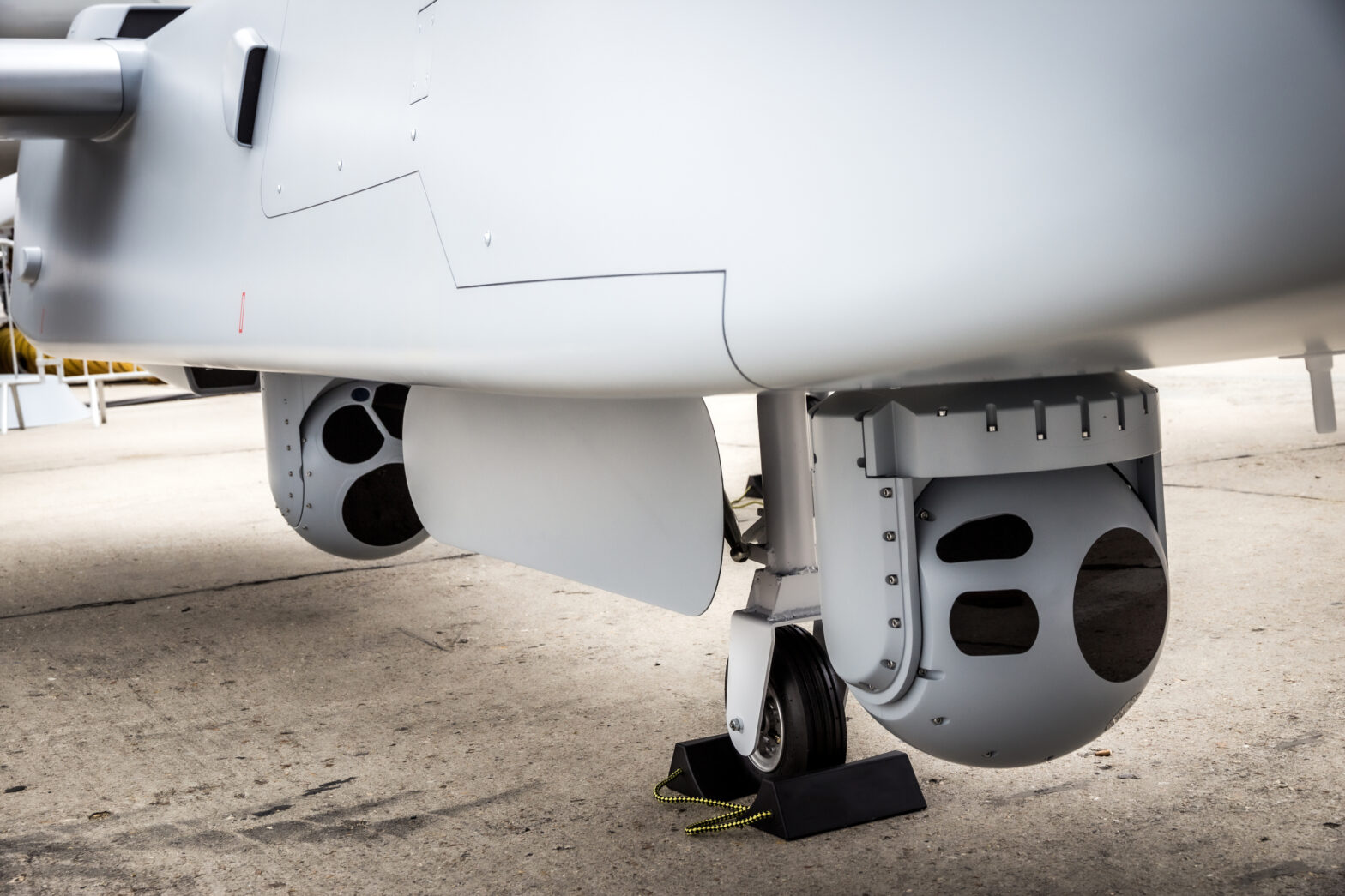Download this Use Case in PDF format
Executive Summary
Increasingly, military units rely on full-motion video (FMV) delivered in real time or near-real time to make command-and-control decisions. The ubiquity of cameras in today’s combat operating environment—from satellite reconnaissance imagery to drones, body-worn cameras, ground-based unmanned vehicles, security cameras and covert video cameras—gives leaders a 360° view for faster, more informed decisions.
All of this is predicated on having secure access to video when and where it’s needed. Sigma Defense’s FMV transport solution, Stingray Tactical Relay, delivers high-quality FMV data to decision-makers at mission speed. Built with Commercial Off- the-Shelf (COTS) and Government Off-the-Shelf (GOTS) technology, Stingray is interoperable and agnostic by design. It leverages advances in video resolution and the efficiency of video codecs and compression, transporting clear FMV to warfighters in near-real time.
“In previous wars, the difference between a good decision and a bad decision may be minutes. In the future battlespace, that difference…may be seconds or milliseconds.”
— Army Maj. Gen. Robert Collins, the Program Executive Officer for Command, Control and Communications-Tactical
The Challenge
FMV provides visibility and perspective that can be game-changing. But the high-definition video quality and abundance of sensors create a new set of challenges. The logistics of transmitting 4K video from the field to the decision point can be hampered by latency and bandwidth issues. These can cause unacceptable delays in transmission and produce lower-quality images that lack critical detail. Another factor in the speed-to-value equation is having a common, interoperable video format that can be compressed for transmission and decoded by disparate systems. The volume of video feeds from multiple cameras, combined with dense file sizes and differing formats creates greater challenges if not managed properly.
Sigma Defense: The FMV Authority
Stingray Tactical Relay—Sigma Defense’s FMV transport solution—uses a combination of COTS and GOTS technology to collect sensor data from a variety of video sources, transcoding the video as needed from virtually any format (including legacy formats) into more ubiquitous H.264 and H.265 formats. The video is then transported to any user who needs it via any combination of communications channels, including radio, SATCOM and terrestrial architecture. Stingray serves as the connective tissue to make it all happen.
With a high degree of inherent flexibility, Stingray can be used for both local and long-distance distribution. Locally, video generated where decision-making is likely to occur can be easily distributed. In other situations, the system can provide backhaul transport for local and remote sensors to users located elsewhere around the globe.
While FMV products can vary from platform to platform, Stingray is built to be interoperable, reusable and agnostic. It can transport clear video in near-real time, regardless of communication channel or format.
These capabilities captured the interest of the Marine Unmanned Aerial Vehicle Squadron, which used Stingray to push video over SATCOM directly to decision-makers. The original transport method involved pushing video through servers and service-based SATCOM pathways supporting traditional user traffic, resulting in significant delays. Sigma Defense’s FMV capabilities eliminated this issue, delivering relevant, high-resolution video footage almost immediately.
Providing a current-day example of tactical edge JADC2 capabilities, Stingray relays live video from line-of-sight UAVs, body-worn cameras, ground-based unmanned vehicles, and covert video cameras to various command-and-control sites to coordinate activities against strategic targets.
Reference – Congressional Research Service Report: Joint All-Domain Command and Control (JADC2) – January, 2022
Applications for Interoperable, Agnostic FMV Technology
Military commands can use Sigma Defense’s FMV solutions in several ways:
- Target data to warfighter elements during air assault operations. A helicopter team traveling to a target can watch FMV collected from a variety of ground- and air-based sensors during flight. This live, dynamic information allows teams to validate or adjust their course of action in real time.
- Align FMV with other critical data for full situational awareness. FMV is a valuable information source on its own, but its power is multiplied when it’s joined with other data types. By combining FMV from unmanned and manned sensors with other intelligence, surveillance and reconnaissance (ISR) data, decision-makers gain a more complete picture of the current battlespace. Stingray supports this by providing a central platform that aggregates and analyzes FMV with other ISR data.
- Ingest and distribute edge-sourced data. Legacy distribution of FMV mandated the use of additional complex systems to retrieve locally available FMV, causing bandwidth and latency issues. Addressing this, Stingray provides powerful processing capabilities on site to distribute locally and remotely sourced FMV, and can optimize FMV products for transport over any network. Additionally, much of the preparation for AI/ML can be done at the tactical edge, reducing analysis time at the destination.
Conclusion
Sigma Defense, a technology company with a 16-year history of delivering mission-critical tactical communications solutions across DoD, understands the importance of clear, real-time imagery. Our team brings decades of engineering and communications experience from serving and supporting the missions of the U.S. Special Operations Command, Defense Information Systems Agency, the U.S. Air Force, and other Defense agencies.
Sigma Defense’s FMV solution, Stingray Tactical Relay, provides an interoperable, agnostic, feature-rich set of capabilities to help mission owners make the best decisions, as quickly as possible. The system was developed using the Risk Management Framework, meets the security requirements defined in DoD 8510, and uses products included on the Approved Product List for general use by the DoD. Many of the components in its terminals are MILSATCOM-certified to operate on the Wideband Global SATCOM (WGS) constellation and ground stations. By ensuring that full motion video gets from its generation point to those who need it quickly, leaders can be more confident in making the right decisions with the right information at the right time.


